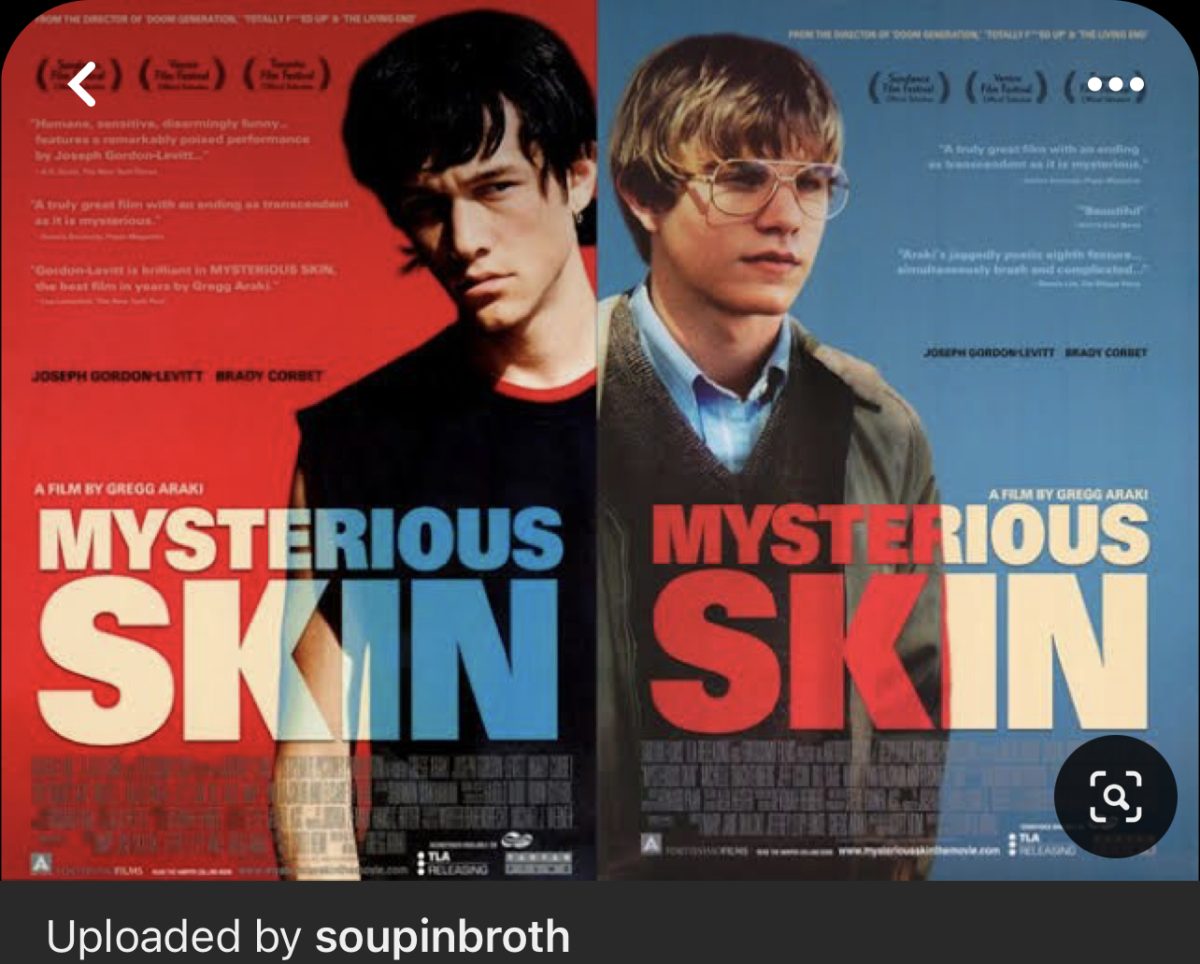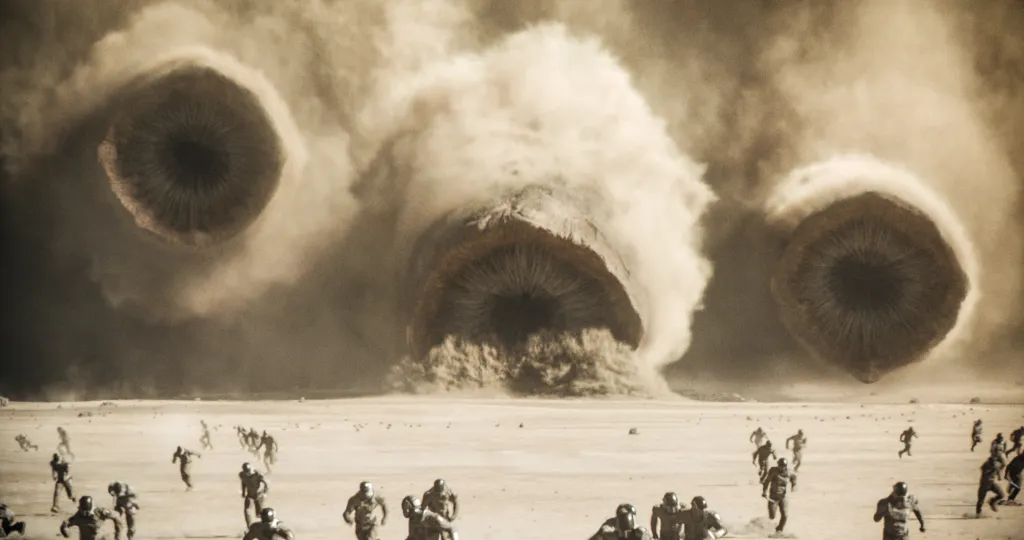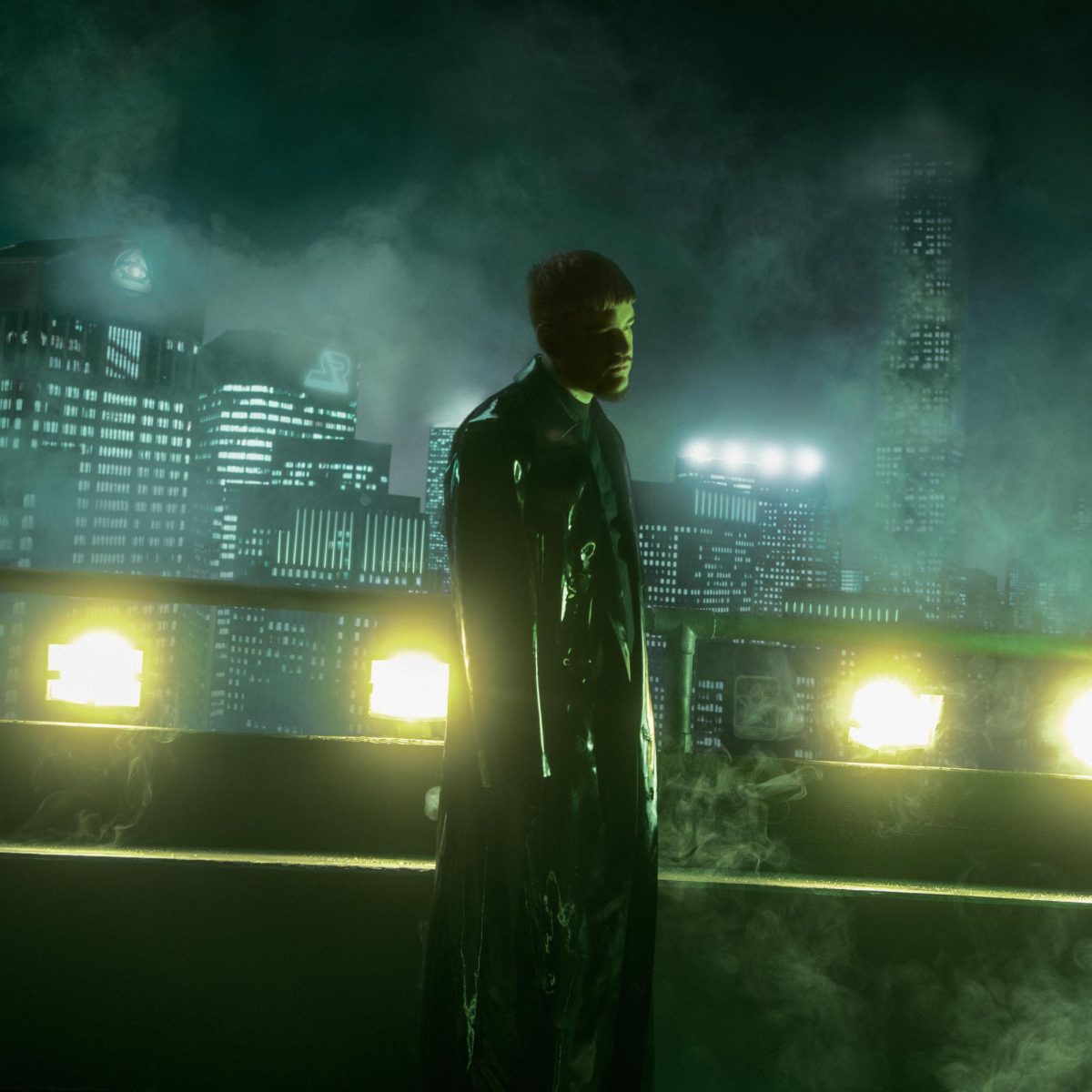With a stellar cast, amazing cinematography, and unforgettable soundtrack, Mysterious Skin sits on the shelf of hidden gems. The 2004 film by Gregg Araki stands out among the wide pool of coming-of-age films due to its unique portrayal of sexual abuse and the trauma that comes with it. The film depicts these themes through a distinct lens, and the characters we follow is what deems this film worth watching.
The film travels back and forth between the years 1981 and 1991, and centers around two main characters, Neil and Brian. As children, they played in the same little league team and the boys were opposites of each other; the former was the best player on the team and the latter rarely got up from the bench. However, one event would unite their paths and link them together forever, they both got sexually abused by their little league coach. The coach moves away after just one summer, but his presence haunts the protagonists for years to come.
After everything they endured as children, Neil and Brian, now as teens, have remarkably different coping mechanisms to deal with the trauma. Neil remembers everything about the abuse, but his idolization of the coach does not allow him to acknowledge the terrible nature of it. Due to having a somewhat neglectful mother and an absent father, he grew to view it in a positive light. As a teen, Neil became a prostitute, not necessarily for the money, but rather to chase this feeling of “belonging” his abuser programmed him to feel. Brian’s coping mechanism, on the other hand, reflects his desire to forget. All Brian remembers is that there were two instances where he went missing for 5 hours at a time, and no one knows what happened to him. Looking for an explanation, Brian’s childlike innocence leads him to believe he was a victim of a UFO abduction, and this belief is present as he moves on to adulthood. He starts an investigation into his disappearances, and this is what eventually brings the two teens together again.

Mysterious Skin portrays two sides of overcoming abuse and how victims carry on with their lives. In many ways, I’d consider this a groundbreaking movie. Child abuse is a real and complex issue, and men’s experiences with it tend to go underreported and/or pushed to the sidelines. Films like these help start conversations and raise awareness, and that is key to ensuring we all recognize the signs of abuse if we encounter it. Araki’s film is an adaptation of the 1995 novel of the same name by Scott Heim, and he did an excellent job at incorporating humor, growth, pain, and friendship into a subject as horrifying and disgusting as child molestation.
One of the highlights from the film is the beautiful cinematography and the strategic use of color. Color plays a huge role in the symbolism of the film. In his video essay, YouTube user Parris Calkin argues that the three main colors seen during the film have three different purposes: red represents love and trauma, blue represents their abuser, and yellow represents change and self-discovery. Calkin points out that Neil is primarily followed by the color red, not only in his clothing and his surrounding, but also in the blood he spills as he is continuously abused by older men throughout the movie. Brian’s story is primarily engulfed by the color yellow. His story immediately thrusts the audience into a journey of discovery and makes us hungry to decipher what really happened during the time he was missing. Yellow is generally believed to be a happy color, associated with the sun. Yellow follows Brian since the very first time he is introduced, but as we learn more and more yellow fades into blue, a color which in the movie is associated with night’s darkness. Blue haunts Brian and serves as a reminder of the boyhood he lost at the hands of his baseball coach.

Aside from the cinematography and the color symbolism, the incredible acting is another standout characteristic from this movie. Performances from Joseph Gordon-Levitt (Teen Neil) and Brady Corbet (Teen Brian) were critical to understanding the painful reality of life after abuse. Although they did not get as much screen time, Chase Ellison (Young Neil) and George Webster (Young Brian) were amazing at portraying how easily innocence can be lost and how much of an impact sexual abuse can have on someone’s life trajectory. Truly amazing performances from these young actors. Lastly, Bill Sage did a horrifyingly good job at playing the coach; from his devilish grin, body language, and way of speaking, Bill almost gave the sense that we were right there in the room, and this made it so much more frightening.
Mysterious Skin portrays the insidious nature of grooming, pedophilia, and the ways victims continue with their lives. Though uncomfortable and borderline triggering at times, the film deals with these topics in a real and tragically beautiful manner. Twenty years after its release, it remains painfully relevant, and it is a film everyone should watch at least once in their lives.













